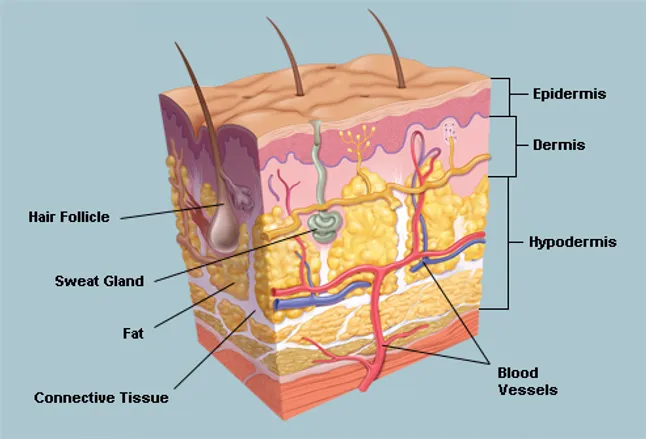Skeletal + Integumentary
The integumentary system is basically the skin. the skin has many functions: -to maintain homeostasis. -to maintain borders. -to protect internal organs among a few more different functions. the skin like all the systems is incredibly important for many issues.
The skeletal system is more about protection, support, red blood cell making, and storage:
-protection-
~the skeletal system protects by covering important organs with bone to anchor and protect from collision/
-support-
~this system supports the weight of the body in the vertebral column. the vertebral column consists of cervical, thoracic and lumbar vertebrae. all of them support the weight of the body.
-storage and cell making-
~ the bones have yellow (in adults) and red (in children) marrow. yellow is for storage because is mostly fat. Red is designed for production of red blood cells.
The skeletal and integumentary system have something in common. both protect internal tissue. the skin and skeleton protect the skeleton is hard like reinforced concrete and the skin absorbs the impacts, maintains boundaries to maintain its physiology going. this is all about homeostasis.





